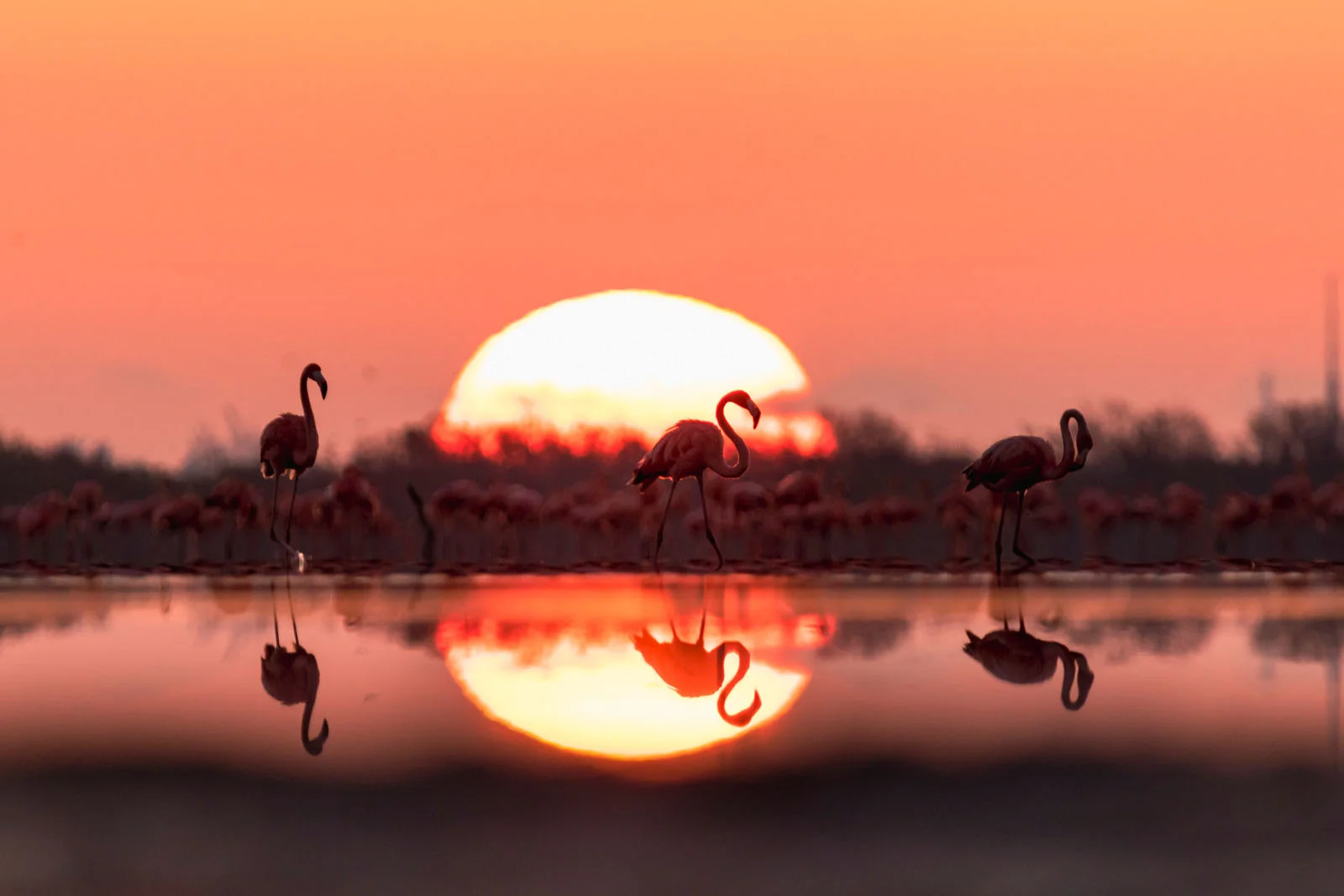
Pink Flamingos offer a natural spectacle in the Yucatecan landscape | Travel News
Pink Flamingos present a captivating sight within their natural surroundings, where they roam freely in their habitat. The intriguing aspect lies in the opportunity to witness these graceful creatures in Yucatán, Mexico. We'll guide you on where to spot them, highlight the ideal season for observation, and delve into the reasons behind their distinctive pink coloration.
Table of content
- What is the nature of flamingos?
- In which locations do flamingos originate?
- What habitats do flamingos inhabit, and what is their dietary preference?
- How do flamingos acquire their pink coloration through their diet?
- How does flamenco differ from the bird species known as Flamingo?
- During which season is the optimal time to observe flamingos?
What is the nature of flamingos?
These avian creatures are characterized by elongated beaks, necks, and legs, with feathers displaying hues ranging from pink to salmon. While the chest, belly, and head exhibit a slightly more intense coloration. Exclusive to the northern coast of the Peninsula, Yucatán stands as the sole location in Mexico where one can behold such a visual spectacle amidst areas boasting a diverse and thriving ecosystem.

In which locations do flamingos originate?
The native habitat of the pink flamingo spans across America, southern Europe, Africa, and Asia. In the Americas, it resides in regions such as the Yucatan Peninsula, the Bahamas, the Greater Antilles, the Caribbean coast of Colombia and Venezuela, as well as the Galapagos Islands.
What habitats do flamingos inhabit, and what is their dietary preference?
The primary diet of flamingos consists of mollusks, insects, and small crustaceans that they capture in the marshes—low, marshy terrains flooded by sea waters—and brackish waters of their habitat. Additionally, certain flamingos in the Yucatan Peninsula consume blue-green algae, red algae, larvae, and other available species within their reach.
How do flamingos acquire their pink coloration through their diet?
The distinctive pink hue of flamingos is a result of pigment accumulation in their skin and feathers, primarily influenced by their diet rich in brine shrimp—a small crustacean inhabiting brackish waters. The Las Coloradas ponds also derive their pink color from the presence of brine shrimp.
Brackish waters, situated between ocean water and continental fresh waters, exhibit intermediate salinity levels and serve as the habitat for these shrimp.
Flamingo chicks are initially born with white plumage, but their color transforms based on their diet. A well-nourished and healthy flamingo displays shades ranging from deep pink to salmon, while a paler hue may indicate sickness or insufficient food intake.

How does flamenco differ from the bird species known as Flamingo?
According to the Royal Spanish Academy (RAE) dictionary, the English word "flamingo" is equivalent to the Spanish word "flamenco" when referring to the bird.
For optimal viewing of flamingos in their natural habitat in Yucatán, Mexico, two recommended locations are the Ría Celestún in Celestún and the Ría Lagartos Biosphere Reserve in the town of Río Lagartos. Each site offers unique experiences during different seasons, allowing you to choose your preferred time or enjoy both if you have a passion for bird watching.
Both areas are designated as protected natural areas along the Yucatan coast, hosting diverse seabirds and, notably, large gatherings of flamingos.
During which season is the optimal time to observe flamingos?
The optimal times to observe flamingos in Yucatan differ between Río Lagartos and Celestún. In Río Lagartos, the prime season is from approximately March to September, during which the pink birds arrive for reproduction, creating a captivating natural spectacle that lasts until September.

On the other hand, in Celestún, the ideal period is from December to March, particularly during the winter season. This timeframe offers a stunning view marked by the interplay of colors among the vegetation, fauna, and waters.
Celestún features a diverse landscape, encompassing wetlands, coastal dunes, mangroves, lagoons, turquoise beaches, and lowland jungles. For those unfamiliar with the term, an estuary is shallow seawater where fresh and saltwater converge, creating a brackish environment with low salinity, fostering a unique ecosystem suitable for flamingos and their consumption of brine shrimp.

